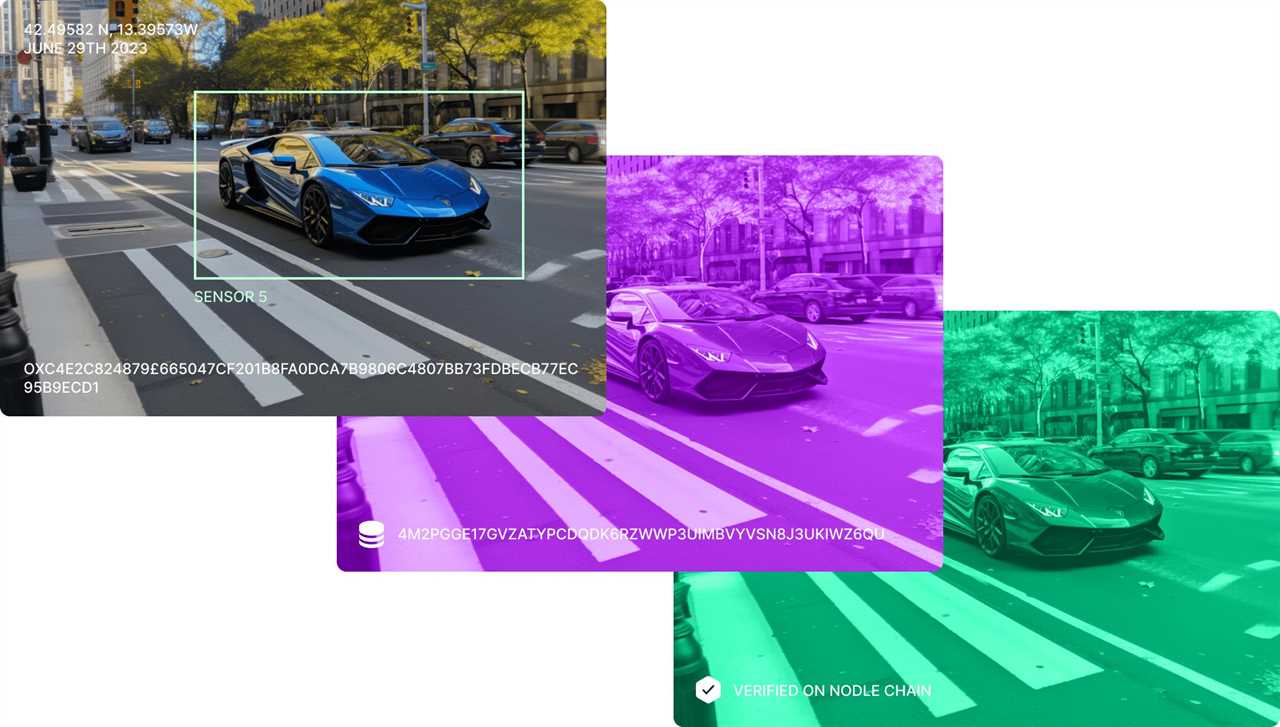
Nodle's ContentSign solution to prove integrity of real-world content using blockchain
Nodle, a decentralized infrastructure network provider, is teaming up with Adobe and the Linux Foundation to utilize blockchain technology in order to prove the authenticity of real-world content captured by devices. Nodle's upcoming software development kit (SDK) for its ContentSign solution will ensure the integrity of data from the moment of capture using blockchain. This partnership is part of the Content Authenticity Initiative, spearheaded by Adobe and the Linux Foundation, which aims to establish a future standard for media attestation.
How Nodle's ContentSign works
Nodle's main offering is a network that uses smartphone Bluetooth connectivity to rent computing power, storage, and Bluetooth capability to expand the reach of Internet of Things networks. ContentSign will be integrated into this network to verify that a physical camera or device has captured a specific piece of visual media and its corresponding metadata. A stamp will be created to prove that the video was captured by a genuine camera and it will be signed with a unique private key known only by that camera. A footprint of the video will then be published to a blockchain, minting it as a nonfungible token on the Nodle blockchain. This signature ensures that the content originates from a trusted source and has not been manipulated or artificially generated.
Potential use cases and future implementations
ContentSign's technology has the potential to be used in various sectors, including journalism. For example, a journalist can capture video or pictures of a breaking news event using a camera embedded with ContentSign technology. This ensures that the content is stamped and signed by the camera and its unique private key. The video's footprint is then stored on the Nodle blockchain, validating its authenticity. Nodle co-founder Garrett Kinsman envisions future implementations where cameras will embed a secure element, similar to those found in cryptocurrency hardware wallets like Ledger.
Crucial in the era of AI-generated content
As AI-generated content becomes more prevalent, the need for solutions to distinguish between authentic and fabricated content is growing. Blockchain solutions like ContentSign, with their characteristics of decentralization, transparency, censorship resistance, and immutability, provide an essential framework for ensuring authenticity.

ContentSign as a potential solution for the insurance sector
Kinsman states that ContentSign is also being explored as a solution for the insurance sector. It can help process claims with accuracy and integrity by ensuring that visual proof submitted for insurance claims is genuine and has not been tampered with or generated by AI.
Did you miss our previous article...
https://trendinginthenews.com/crypto-currency/crypto-wallet-linked-to-ftx-hack-moves-368-million-worth-of-ether-amid-sam-bankmanfrieds-court-trials






